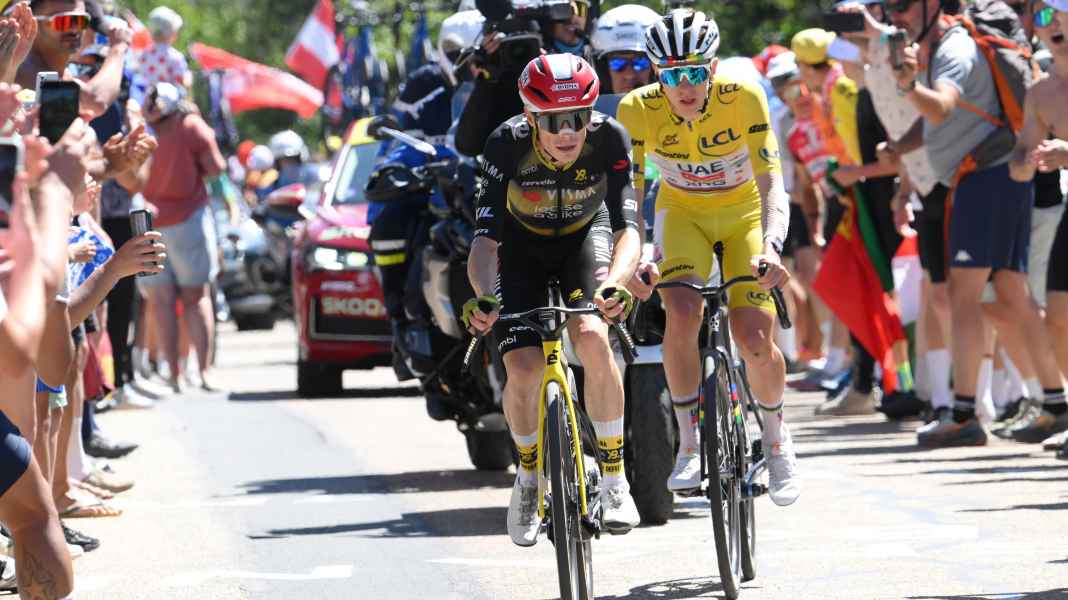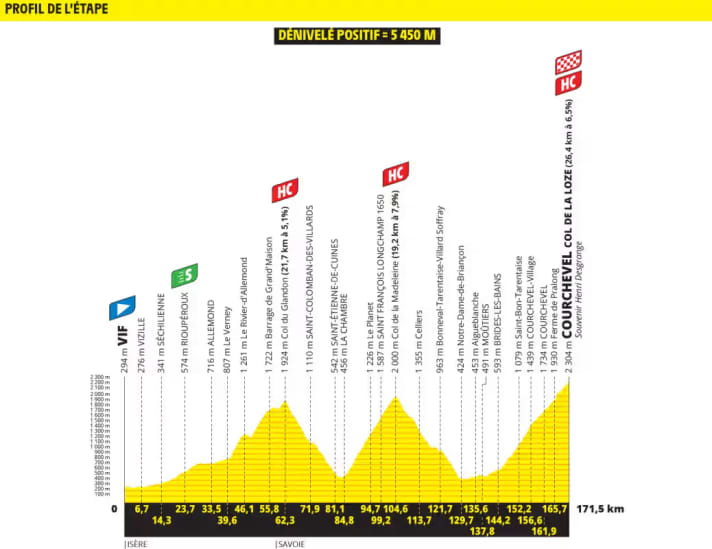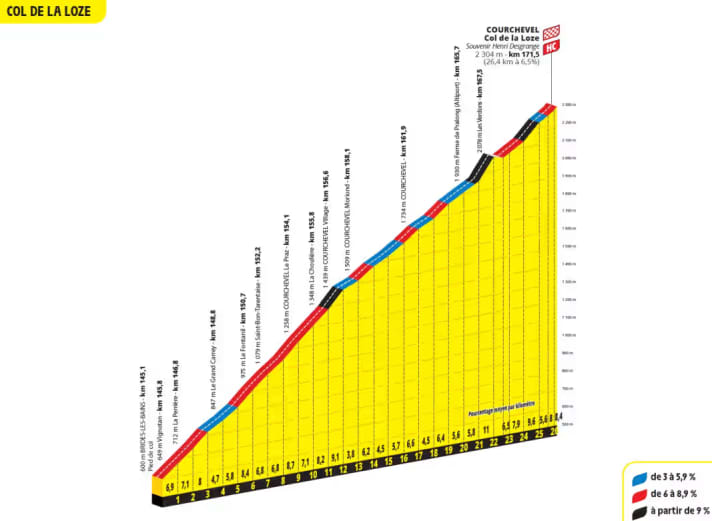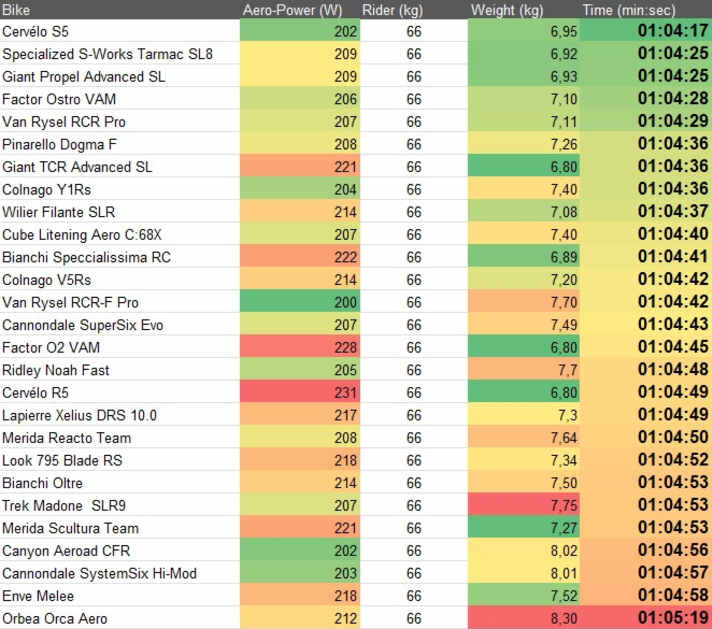
Tour de France 2025 - Stage 18: Vif - Courchevel Col de la Loze | 171,5 Kilometers

The 18th stage will be particularly tough for the riders who were at the front yesterday. The official roadbook indicates 5,450 meters of elevation gain. Chamois-like qualities will therefore be required, with sprinters fighting for survival alone or in the gruppetto.
We are likely to see two races again: the battle between strong climbers for stage victory and, of course, the fight for the podium in the overall classification.
Col du Glandon and Col de la Madeleine will cause fatigue, and the decision will be made at Col de la Loze. After the Ventoux stage, breakaway riders will be even more encouraged to seek their salvation in the escape. But it will also be even harder to build up enough of a time buffer against the GC riders, as it's all uphill and downhill and the effects of slipstreaming are less than on the flat approach to Mont Ventoux.

The Col de la Loze is not super steep throughout, but due to its length and pre-fatigue, it is still one of the hardest climbs of this Tour. Apart from a very short intermediate descent, it is uphill for 26.4 kilometers. Even for the fastest riders, the climbing time will be just over an hour. The steep passage at the airfield, 5.4 kilometers before the finish, is ideal for an attack.
In our simulation, we look at which bike promises the fastest overall time on the final climb – assuming a steady climb from bottom to top.
The number of the day: 1:02 minutes
There is a good minute between the fastest and slowest bikes in our calculation. At the top are the usual suspects: lightweight bikes with aero features.
If there is a long attack in the classification, Jonas Vingegaard has a slight advantage over Tadej Pogačar. His bike is mathematically 19 seconds faster than that of the leader.
The (almost) complete field at a glance*

The table shows the riding times for the Col da la Loze with a consistent riding style. Bikes that are light and aerodynamic are in the lead.
*) The calculations are based on the bikes tested by TOUR in the laboratory and wind tunnel. The machines used in the Tour de France may differ in detail. Of course, we were not yet able to examine last-minute prototypes. Background information on the simulation.
Review of stage 16: Aerodynamics on the mountain
The Ventoux stage went as expected. On the approach to Ventoux, the riders burned up the hot asphalt at an average speed of 50 km/h. The only surprise was how large the group was. The wind we had expected was indeed blowing on the mountain, and a good cycling aerodynamicist like Ben Healy knew how to take advantage of this and caught up with the interim leader Enric Mas so quickly because he climbed in a particularly aerodynamic manner. In the end, however, Frenchman Valentin Paret Peintre had faster legs than Healy. Top speed on the last 500 meters (which were steeply uphill): 30.3 km/h.
Our expert

Robert Kühnen studied mechanical engineering, writes for TOUR about technology and training topics and develops testing methods. Robert has been refining the simulation calculations for years, they are also used by professional teams.
